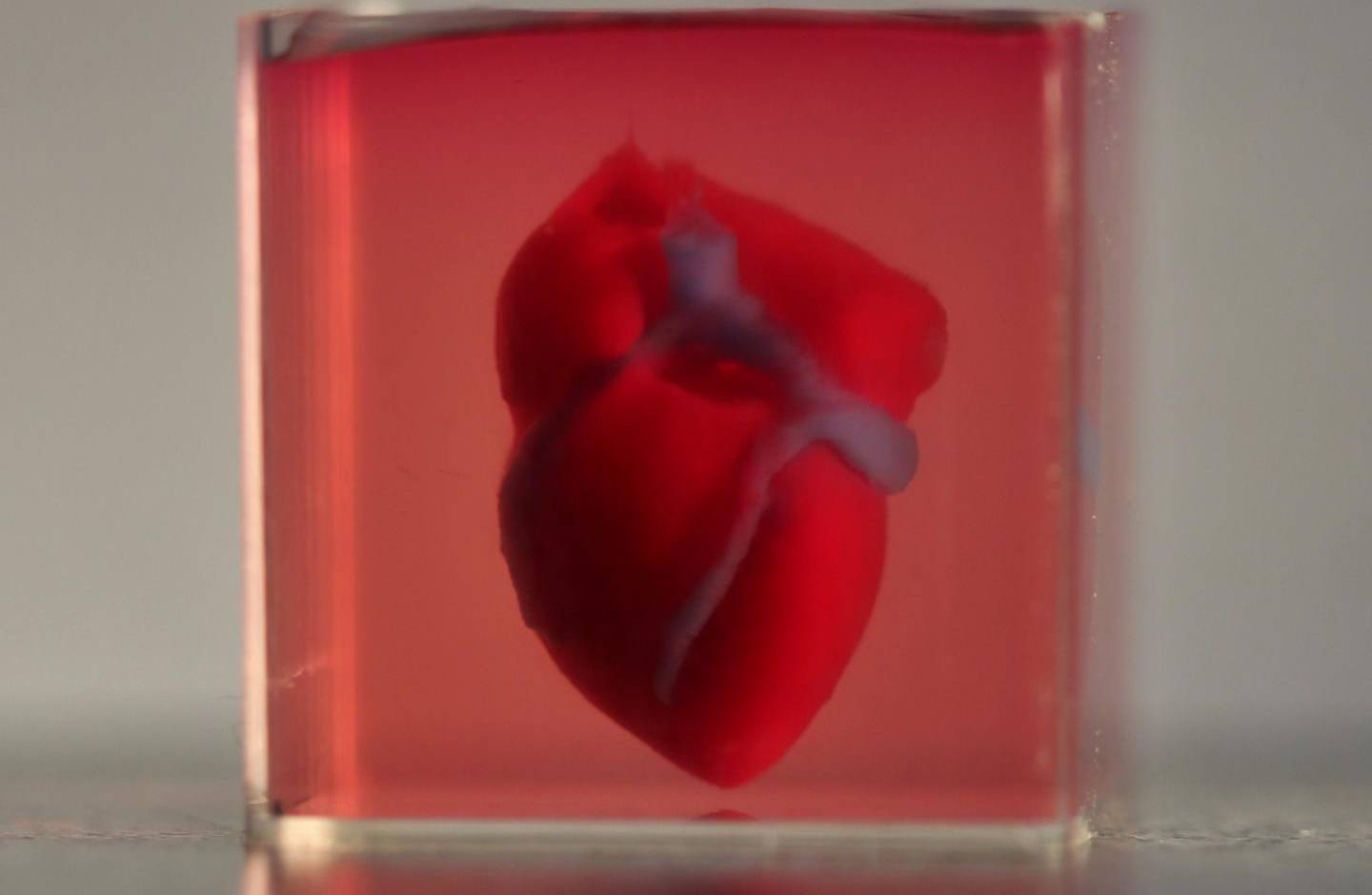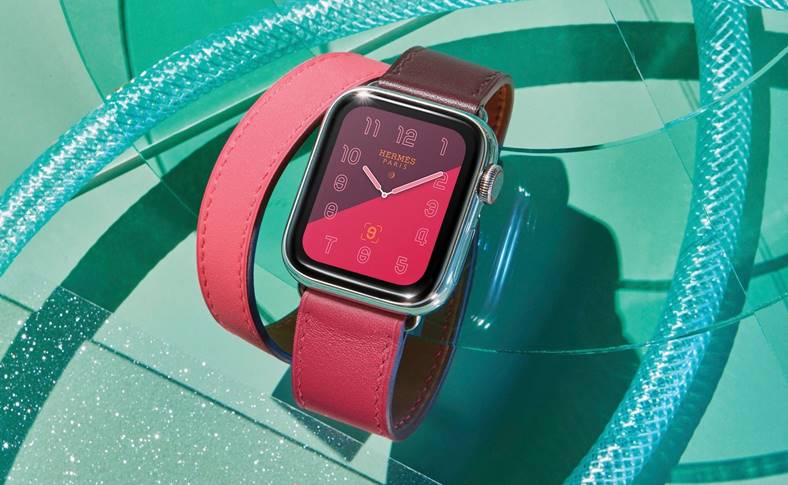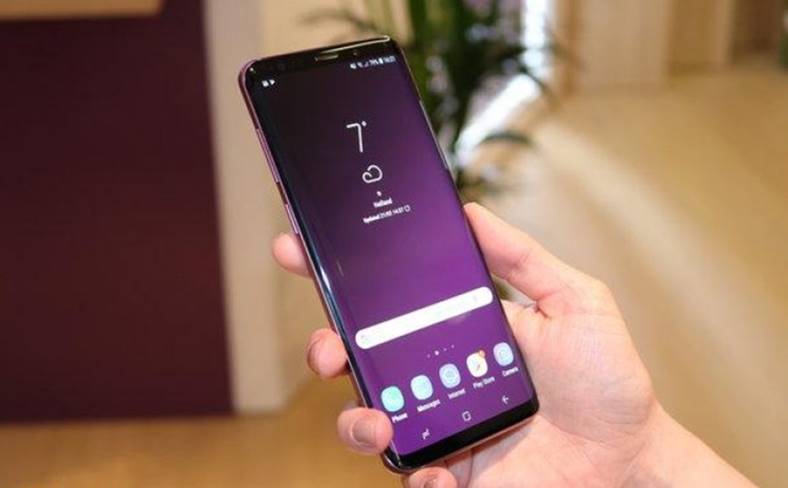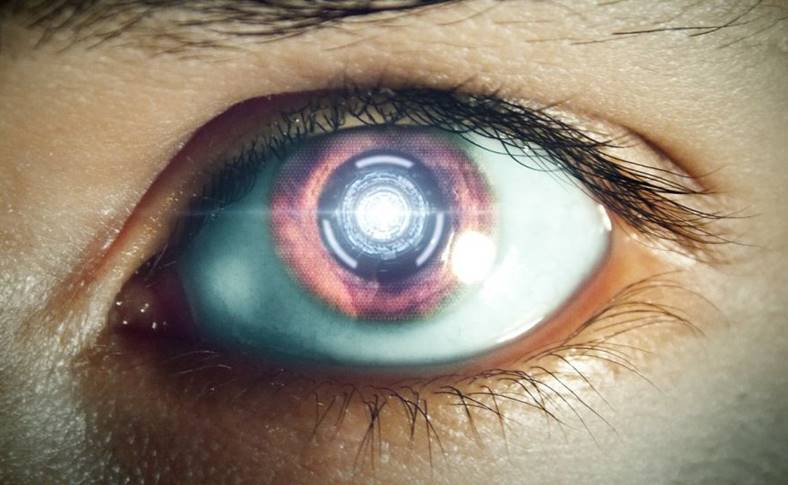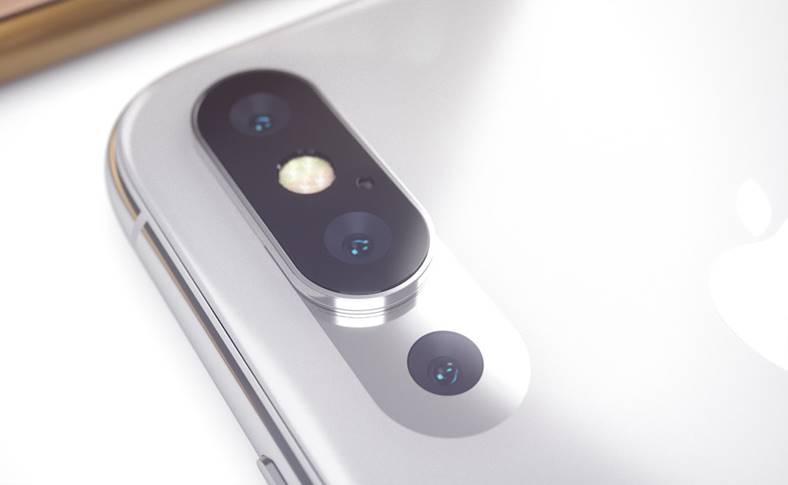The first 3D printed heart using biological material from a patient represents the culmination of many years of research and evolution in the field of medicine, and gives us very high hopes for a better future. Researchers at the University of Tel Aviv, Israel, managed to create a 3D printed heart, with all the vascularization channels of a normal heart, and the most interesting part is that it was made with biological material from a patient.
The 3D printed heart has very little chance of being rejected by the patient in which it could be used, and this is because it is produced using its own cells, so the body should perceive it as its own organ. The 3D printed heart could be a viable solution for patients who need a heart transplant, and this is because donors are very few, and in some cases the organ is rejected by the body, but this method would solve both problems.
The first 3D PRINTED HEART gives us Hope for the Future
The 3D printed heart has small dimensions, because it was made only with the idea of proving that the procedure is possible, but from here we will more than likely go further with printing one in normal sizes. The researchers took cells from the patient's fat tissue, separated them, and then "reprogrammed" them to be pluripotent stem cells, and that's how the first 3D printed heart was born, which could totally change the future of medicine.
In a major medical breakthrough, Tel Aviv University researchers have "printed" the world's first 3D vascularized engineered heart using a patient's own cells and biological materials. This is the first time anyone anywhere has successfully engineered and printed an entire heart replete with cells, blood vessels, ventricles and chambers.
The 3D printed heart was the result of a combination of extracellular macromolecules, including collagen and glycoproteins, all composed in a gel, which was used as material to create the heart. From the first 3D printed heart to the realization of these procedures in hospitals, 10 years could pass, but in the meantime we could see organs of this kind made in centers especially for patients who are very sick, and really need them .
Technology has advanced a lot in recent years, so much so that now we can design and 3D print hearts from the computer, which seemed impossible just a few months ago.


